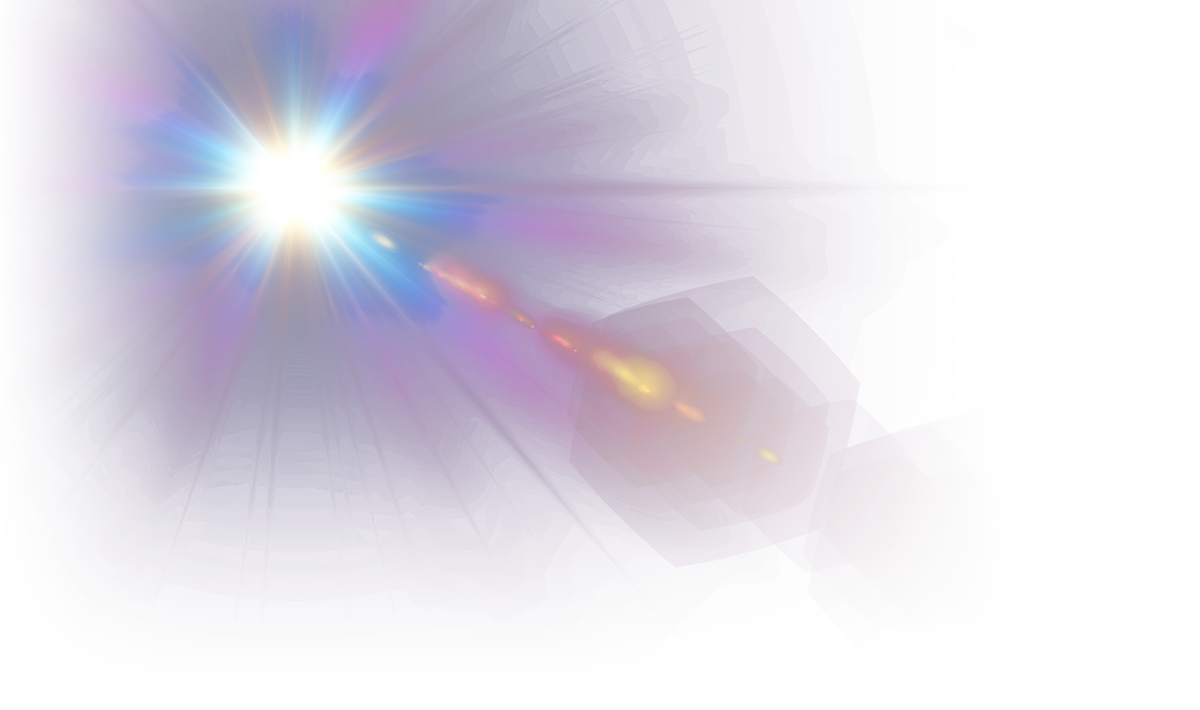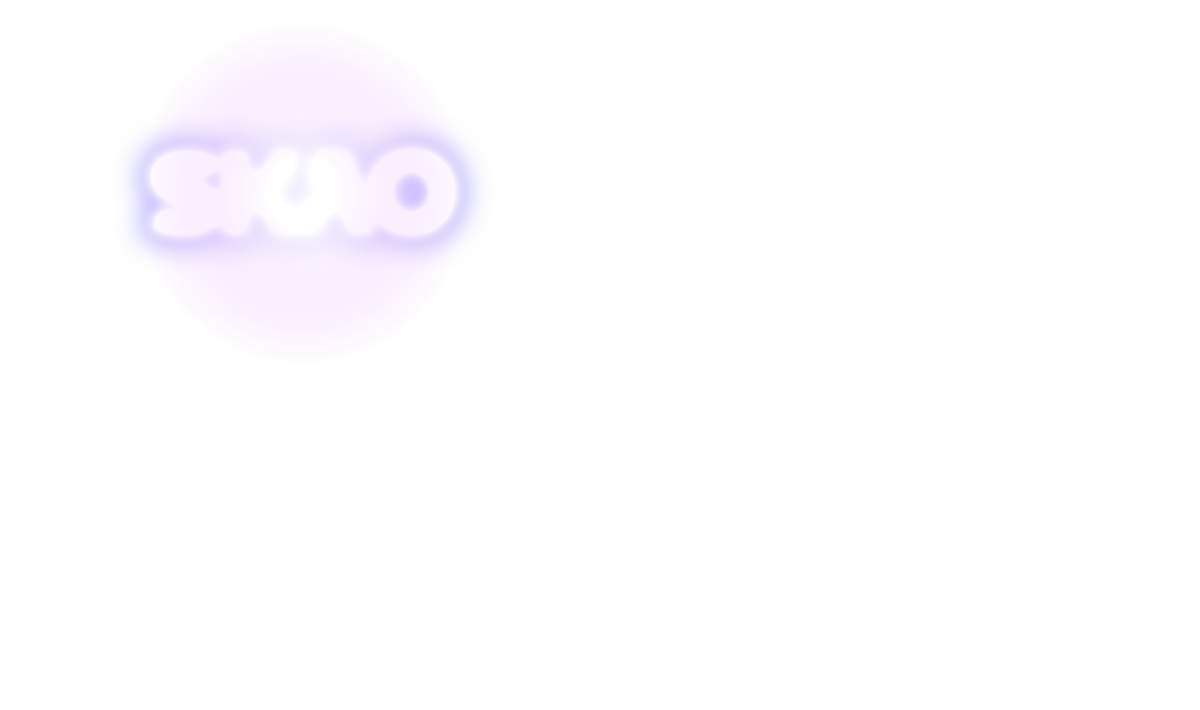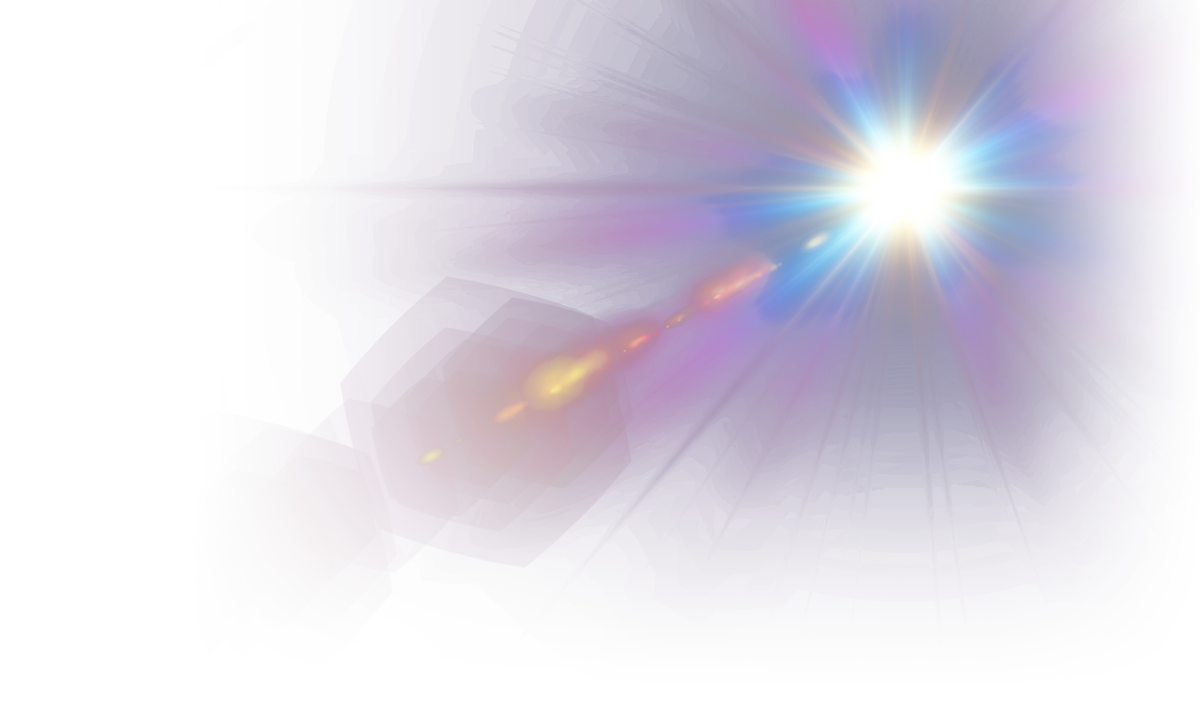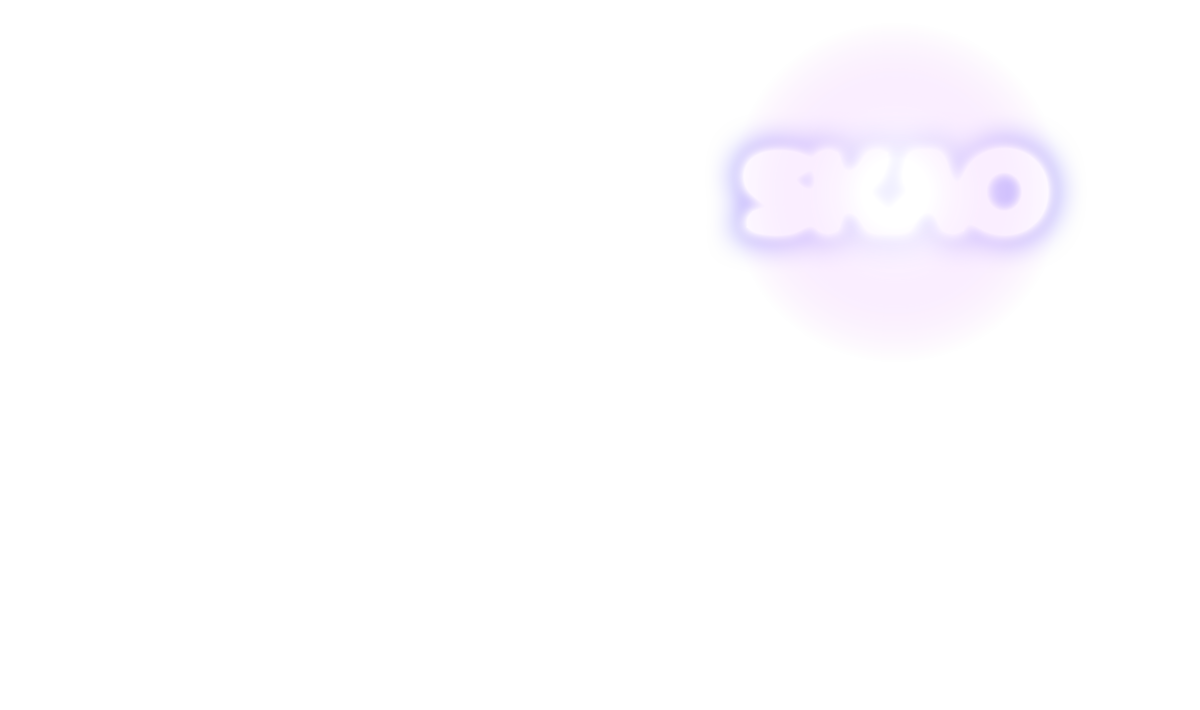UN meeting features satellites’ impact on astronomy
The Scientific and Technical Subcommittee of the United Nations Committee on the Peaceful Uses of Outer Space (UN COPUOS) – the top UN body for civilian space-related matters – will discuss “Dark and Quiet Skies, astronomy and large constellations: addressing emerging issues and challenges” annually until 2029. The subcommittee meets for two weeks and has representatives from 104 countries and 51 observer organisations, with representatives from industry also invited by delegations to contribute. It concluded its 62nd session on 14 February.
Securing an agenda item at the subcommittee is a significant success for the astronomy community, and the culmination of many years of coordinated action to have the issue discussed at the highest international level.
“It is essential that we find a balanced approach that embraces technological progress while safeguarding our dark and quiet skies. I firmly believe that UN COPUOS will greatly benefit from these discussions,” said Mila Francisco, Chilean Representative at the UN in Vienna.
A paper co-signed by 10 country delegations and seven observer organisations represented in the Group of Friends of the Dark and Quiet Sky for Science and Society, including the SKAO, details collaborative efforts which are underway to mitigate the impacts on astronomy, including the development of a worldwide database of radio quiet zones. The paper also provides actionable recommendations for COPUOS member states to advance the protection of dark and quiet skies, including supporting the development of designs and materials which can reduce satellites’ impact, and supporting research to understand the effects on all stakeholders, both professional and non-professional.
We recognise that the challenges are many and difficult, for optical and radio alike, but we are already exploring technical mitigations together with the satellite industry which look promising.
More than 20 member states took the floor during the discussions on the agenda item on dark and quiet skies, demonstrating the importance of the item in the subcommittee. The discussion included remarks on the need to find balanced solutions, the role that national legislation can play, considerations on the cultural heritage of the night sky, the importance of space sustainability discussions within international bodies.
“This issue is vitally important for astronomers and observatories, given the challenges satellite constellations pose for our facilities and our science, but it’s also important for society more broadly that it is discussed at the highest level,” said SKAO Spectrum Manager Federico Di Vruno.
“We recognise that the challenges are many and difficult, for optical and radio alike, but we are already exploring technical mitigations together with the satellite industry which look promising. Discussions at the COPUOS level will allow us and member states to share approaches and best practices, continuing the momentum to promote their adoption or development of new ones.”
The SKAO has submitted a paper to the subcommittee on unintended emissions from satellite constellations, which have been found to affect radio astronomy observations. The paper identifies regulatory gaps and possible actions, including encouraging member states to engage in further studies of these unintended emissions.
As satellite constellations have grown in recent years, so too have the astronomy community’s efforts to study the impact on the field and to find mitigations. Most recently, the issue featured prominently in a European Space Agency (ESA) technical booklet on space debris published in January, which highlights technical solutions to the challenges posed by both intentional and unintentional emissions from space objects and debris.
Eighteen countries co-signed the proposal for the subcommittee agenda item, which was approved by the full COPUOS last year. This followed several years’ work by astronomers and astronomy organisations including the SKAO, the International Astronomical Union (IAU), the European Southern Observatory (ESO), the European Astronomical Society (EAS), and the African Astronomical Society (AfAS), all of which hold observer status at COPUOS, as well as the IAU Centre for the Protection of the Dark and Quiet Sky from Satellite Constellation Interference (CPS).





